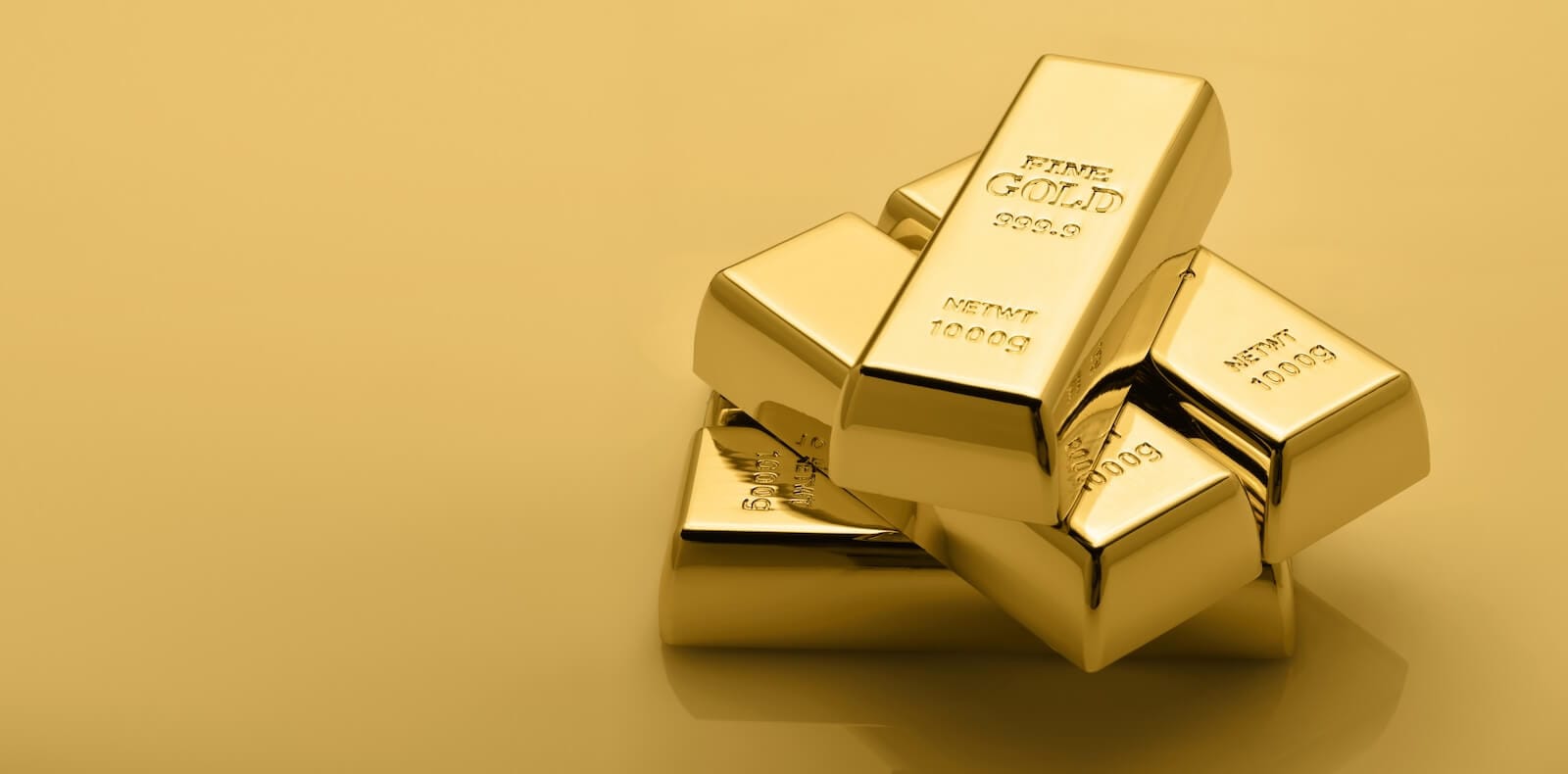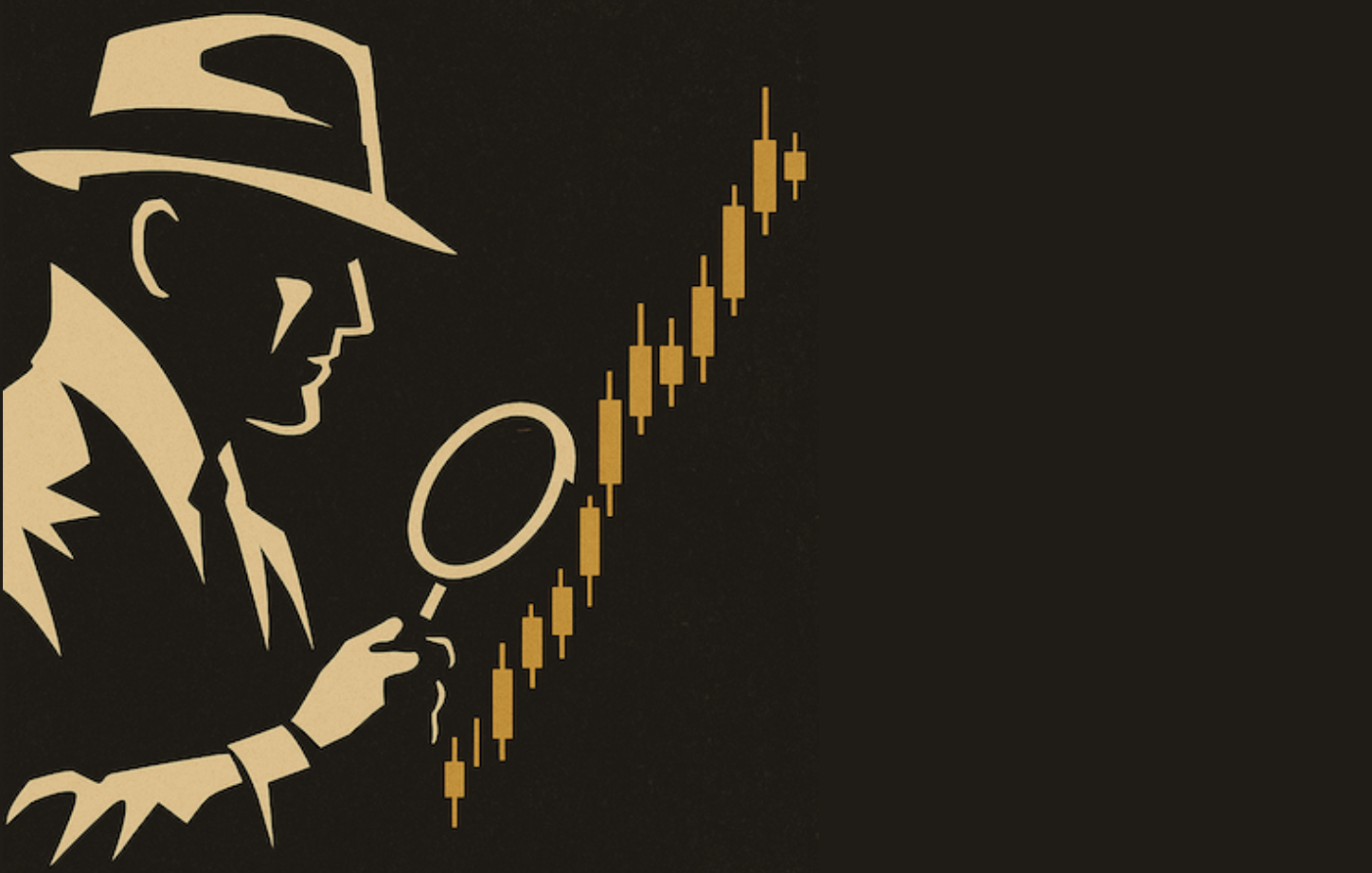FALLING DOLLAR CONTINUES TO BOOST GOLD AND FOREIGN ETFS -- GOLD IS BREAKING OUT -- JAPAN HITS NEW FOUR-YEAR HIGH
WEAKER DOLLAR BOOSTS GOLD AND JAPAN ... I've written several earlier articles on my belief that a weakening dollar would boost gold shares and foreign ETFs. As recently as August 22, I posted an article on why a falling dollar boosted foreign ETFs and highlighted the Japanese market which had broken out to a new four-year high (August 22, 2005). With the dollar continuing to weaken, gold and the Japanese markets are having especially strong days. Let's start with gold. Chart 1 shows the Gold ETF (GLD) moving above its 2005 highs to achieve an upside breakout. That upside breakout was already foretold by rising gold shares which are also having another good day. Chart 2 shows the Gold & Silver (XAU) Index hitting another six-month high. The XAU had risen above its 2005 down trendline (and its 200-day average) back in August. [Gold shares usually lead the price of bullion]. The XAU/SPX relative strength ratio has also broken a down trendline and is trending higher. Gold shares have been market leaders for the last three months. And, finally, Chart 3 shows Newmont Mining (NEM) finally breaking through its 200-day average and its 2005 down trendline. That's important because NEM carries the biggest weight in the XAU.

Chart 1

Chart 2

Chart 3
JAPANESE MARKET LEADS GLOBAL RALLY ... Another article posted on August 22 showed how foreign ETFs were leading the August relative strength rankings (August 22, 2005) aided by rising foreign currencies. It also showed that Japan was the strongest of the foreign ETFs. I wrote at the time that the Japan iShares (EWJ), which had just broken out to a new four-year high, were being helped by a rising yen and a bullish breakout in the Nikkei itself. Chart 4 shows the Japanese iShares (EWJ) hitting a new four-year high today. Again, it's the strongest of the foreign ETFs. The Nikkei Index gained over 1% in overnight trading to pace foreign market advances (Chart 5). It also hit another four-year closing high. Japanese trading volume was especially heavy.The Nikkei/S&P ratio line has just broken a three-year down trendline which suggests new Japanese leadership. Japanese iShares (EWJ) have been outperforming the S&P since early 2002 thanks to a falling dollar. Repeating what I wrote back in August, the Japanese market has embarked on a new uptrend and, in my view, represents one of the best values in the world. Its poor correlation with other global markets over the last decade also makes it a good diversification hedge if and when other global markets start to weaken.

Chart 4

Chart 5








